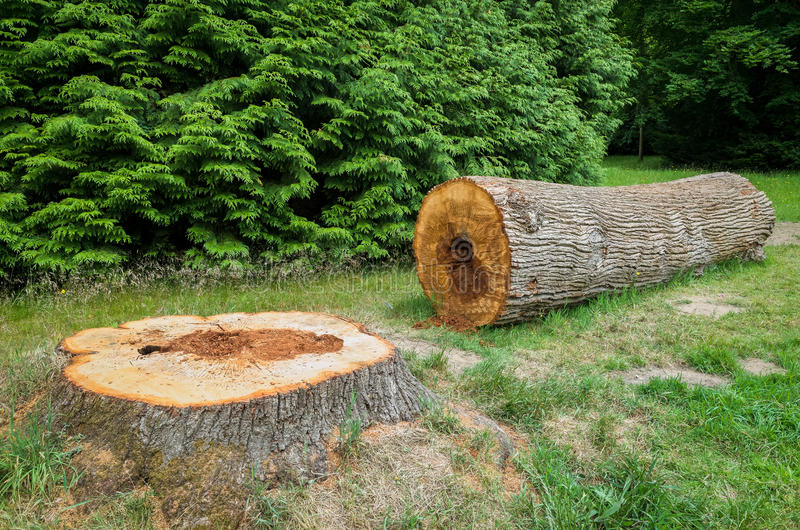Why is removing a dead tree necessary? By restoring the tree’s general form and balance, dead tree removal enhances its aesthetic value. The removal of a dead tree may also hinder the tree from developing correctly. If a dead tree is not removed, sunlight may be blocked from reaching specific regions, causing the tree to grow unevenly. Here is further information on why removing a dead tree is necessary.
Why Should A Dead Tree Be Removed?
The architecture of a dead tree is usually fragile, and it may fall at any moment. When a tree falls over or sheds limbs, everything within reach may be badly harmed or hurt. Given the frequency of severe snowfalls and nor’easters received in Massachusetts, your lifeless tree is likely to turn lethal. A dead tree’s building integrity is jeopardized. A strong blast of wind may blow, causing the dead branches to fall off. The resulting damage or harm may be severe.

What To Do If A Dead Tree Is To Be Removed From Your Property
There are many types of dead or dying trees; some are reasonably safe to operate on or near, while others are very hazardous. When it comes to removing a fallen tree, you must plan ahead. Evaluating the tree is just one aspect of the task. The location of a tree affects how it will be taken, as well as how much and what type of equipment will be used and how large a team would be needed. It’s critical to evaluate the state of a dead tree and any possible safety risks before doing any work on it.
Trees That Died From ‘Old Age’
If you want to eliminate a tree that has approached the end of its life but isn’t affected by illness or decay, considers the following factors:
Overall Size (Diameter, Crown Spread, And Height Of The Tree)
This will assist you in determining the equipment you’ll require as well as how much waste (leaves, wood, and branches) you’ll need to remove.

Pattern Of Structural Branching
Climbing and rigging techniques will be affected as a result.
Stability
A leaning tree, one with an uneven crown, or one with big, enormous limbs will be treated any else than one that is steady. When workers are active in the top of an unsteady dead tree, limbs will be cut first to disperse the tree’s weight and avoid additional tilting.
How Long Has The Tree Been Dormant
The salt concentration of a tree’s wood reduces as it ages. The wood becomes harder, brittle, and less flexible the older it has been dead. Cutting down some trees which have been dead for a long time is much more hazardous than cutting down one that has just died. And removing a dead tree is much more hazardous than removing a live one.
Dead Ash Trees Are Particularly Dangerous
Dead ash trees are extremely fragile because of how fast ash trees die after being infected with EAB or emerald ash borer. When the inner wood of the tree drying out rapidly, it produces numerous inner fractures and is more fragile and insecure.
Conclusion
By safeguarding your property against insect infestation, you are also safeguarding your home’s foundations from insects and other vermin such as rats. Fewer chances of pests or animals trespassing in your yard will be possible with dead tree removal.
